Judith Curry was recently a witness testifying at a hearing before the Environment and Public Works Committee of the U.S. Senate. Her written testimony is available here.
The main theme of her testimony is that the IPCC 5th Assessment Report (AR5) claims to have greater confidence that climate change is real, man-made, and dangerous than the preceding IPCC report (AR4), but that details in the AR5 contradict that conclusion. One of the evidences she gives concerns Arctic and Antarctic sea ice. The Rabett has covered the southern part, I’d like to take a look at the northern. Curry says:
“The increase in Antarctic sea ice is not understood and is not simulated correctly by climate models. Further, Arctic surface temperature anomalies in the 1930s were as large as the recent temperature anomalies. Notwithstanding the simulations by climate models that reproduce the decline in Arctic sea ice, more convincing arguments regarding causes of sea ice variations requires understanding and ability to simulate sea ice variations in both hemispheres.A key issue in understanding the recent decline in Arctic sea ice extent is to understand to what extent the decline is caused by anthropogenic warming versus natural climate variability.”
She clearly wishes to imply that recent Arctic sea ice decline may be far less due to temperature change, in particular anthropogenic temperature change, than many claim (including the IPCC AR5 which states “Anthropogenic forcings are very likely to have contributed to Arctic sea ice loss since 1979.“). After all, if Arctic temperatures in the 1930s were as hot as recent temperatures, then why didn’t Arctic sea ice decline in the 1930s like it did in the 1990s and 2000s?
Here’s what I believe happened: Judith Curry combed through the IPCC AR5 looking for stuff she could use to contradict the stronger statement of confidence in dangerous global warming which the report makes explicit. I further believe that she paid little or no attention to stuff which would support the stronger statement in AR5. The seeming inconsistency between Arctic temperature (just as hot in the 1930s as now) and Arctic sea ice (nowhere near as low in the 1930s as now) is one of those things she was looking for.
The AR5 does indeed support Curry’s claim about Arctic temperature in the 1930s, in fact it says (as Curry quotes):
“Arctic temperature anomalies in the 1930s were apparently as large as those in the 1990s and 2000s. There is still considerable discussion of the ultimate causes of the warm temperature anomalies that occurred in the Arctic in the 1920s and 1930s.”
If I were on the senate committee and had the chance to question Curry, my first question might be this: “Why do you believe that Arctic temperatures in the 1930s were as hot as recent Arctic temperatures?”
I can envision three answers she might give to this question. The first boils down to “Because the IPCC AR5 says so.” In that case, my next question would be, “If you’ll take their word for it about Arctic temperature, why do you not take their word for it about the overall summary conclusion?”
The second possible answer is “Because the scientific research, as referenced in the IPCC report, supports that conclusion.” In that case my next question would be “Have you studied the papers which the IPCC report cites to support that claim?” I would ask that because I have looked at those papers and it seems to me that theydon’t support the claim. The nearest I can find to a statement even close to that is from Bengtsson et al. (2004, J. Clim., 17, 4045-4057), who state “It is interesting to note that the ongoing present warming has just reached the peak value of the 1940s …” The statement seems to be based on a revised data set also used by Johanessen et al. (2004, Tellus, 56A, 328–341). The only graph of that data given by those papers is of 5-year running means:
Note that the 5-year running means only go up to about 1997.5, i.e., the data itself seems not to include anything after 2000. That’s a poor basis for concluding that “Arctic temperature anomalies in the 1930s were apparently as large as those in the 1990s and 2000s.“
Note also that the most recent 5-year average (which appears to cover
the time span 1995-2000) is the highest on the graph, nearly 0.5 deg.C higher than any early-20th-century value. The Berkeley data set (chosen in honor of Judith Curry, although it appears she had nothing at all to do with creating the data set other than being on “the team”) for the Arctic (latitude 60N to the pole) shows the same thing, and also shows the excellent agreement with the data used by Johanessen et al. and by Bengtsson et al.:
the time span 1995-2000) is the highest on the graph, nearly 0.5 deg.C higher than any early-20th-century value. The Berkeley data set (chosen in honor of Judith Curry, although it appears she had nothing at all to do with creating the data set other than being on “the team”) for the Arctic (latitude 60N to the pole) shows the same thing, and also shows the excellent agreement with the data used by Johanessen et al. and by Bengtsson et al.:
Still, one might accept that Arctic temperature had not, by then, exceeded earlier values on multi-year time scales with statistical significance, so the IPCC statement might be true for the 1990s. Here, for instance, is the annual average Arctic temperature anomaly based on the Berkeley data, for data in the 20th century:
Given the large year-to-year fluctuation, it’s entirely plausible that 1990s temperatures were comparable to those of the 1930s or 1940s. But with no data for the 2000s …
What did the 2000s bring? Here are 5-year running means for the Arctic, based on the Berkeley data, including data for the 2000s:
I think the IPCC goofed on this one — big-time — and if so, then Curry’s essential argument about Arctic sea ice is out the window.
The third possible answer boils down to “Because I have studied the available data for the Arctic, compared the two time spans, and drawn the same conclusion.” In that case, I would ask her exactly what data she’s referring to.
I’ve looked at a pretty large number of data sets. I defined the “Arctic” as the region from latitude 60N to the pole (as did Bengtsson et al.). Were temperature anomalies in the 1930s actually as large as those in the 1990s and 2000s?
Using the GISS LOTI (land+ocean temperature index), the answer is “No.” Using the GISS met-station data, the answer is “No.” Using the HadCRUT4 (land+ocean) data, the answer is “No.” Using the CRUTEM4 (land only) data, the answer is “No.” Using the NCDC land+ocean data, the answer is “No.” Using the NCDC land-only data, the answer is “No.” Using the Berkeley data, the answer is “No.”
All those “No” answers aren’t close calls. Here for instance is the data (annual averages, latitude 60N to the pole) from the Berkeley team:
The smooth (modified lowess) and the 5-year running means (shown in the previous graph) suggest that Arctic temperatures in the 1930s were nowhere near as hot as they have been recently. The annual averages themselves suggest that Arctic temperatures in the 1930s were nowhere near as hot as they have been recently. In fact, in terms of temperature anomalies the 6 hottest years on record for the Arctic have all been since 2000. The 9 hottest years on record for the Arctic have all been since 1990. The hottest year for the Arctic in the first half of the century was 1943, but it only ranks 11th on the list and the average Arctic temperature anomaly since 2000 (spanning more than a decade) is hotter than the hottest single year (1943) of the early 20th century. Think about that: the average Arctic temperature anomaly over the entire period since 2000 is hotter than the hottest single year in the first half of the 20th century.
I’ve studied the data. Not only does it fail to support the claim about 1930s Arctic temperatures, it actually contradicts that claim. By a wide margin. It ain’t even close.
There’s something even more important to think about. Judith Curry combed through the IPCC AR5 looking for stuff that would cast doubt. One of the things she found, which she even included in her written testimony to a U.S. Senate committe, turns out not to cast doubt. If I were being hyperbolic I would say “To find evidence against AGW in the IPCC report, it looks like you have to quote stuff that they got wrong — ’cause the stuff they got right is evidence for AGW.” But that would indeed be hyperbole.
What’s not hyperbole is how it looks to me: that Judith Curry cannot have studied the available data to draw that conclusion because the available data contradict it, that Judith Curry cannot have studied the supporting references because they don’t support it, and that if she believes it “because the IPCC report says so” then it’s obvious she’ll take the IPCC report’s word for what she wants to believe but not for what she doesn’t want to believe.
It also seems to me that if you comb through an 1100-page report, you can surely find pieces of evidence which weaken the overall conclusion. The problem is, if you only consider those, without giving due weight to all the other stuff which supports the overall conclusion, then you’re not being honest, all you’re doing is classic cherry-picking. You’re probably not being honest with yourself.
One more thing — if you comb through an 1100-page report you can surely find places where they goofed. If the set of things which cast doubt on dangerous global warming, and the set of things about which they goofed, happen to overlap significantly, what does that say about the balance of evidence here?
Curry gives yet more evidences which she believes undermine the greater confidence stated in the IPCC AR5. A closer look at those, must await another day.
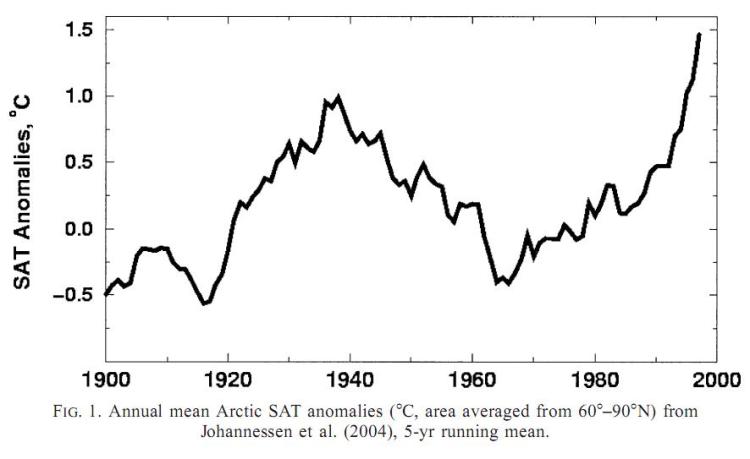
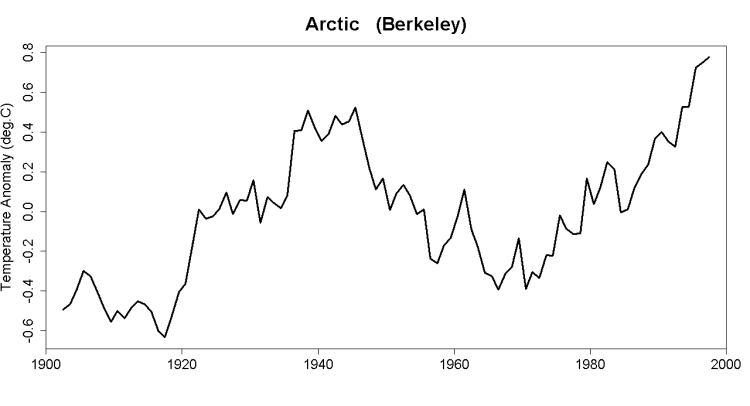
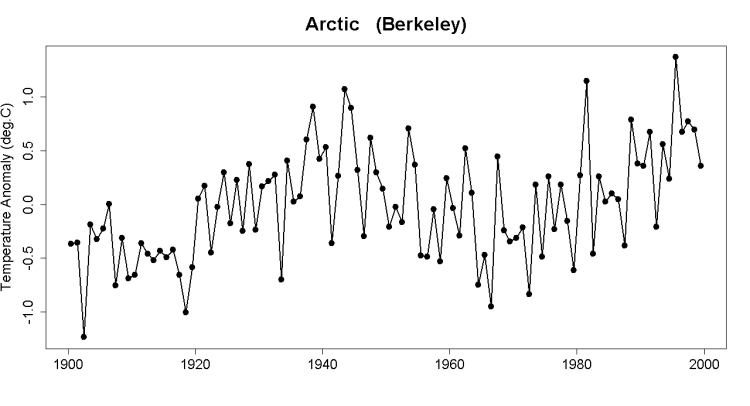
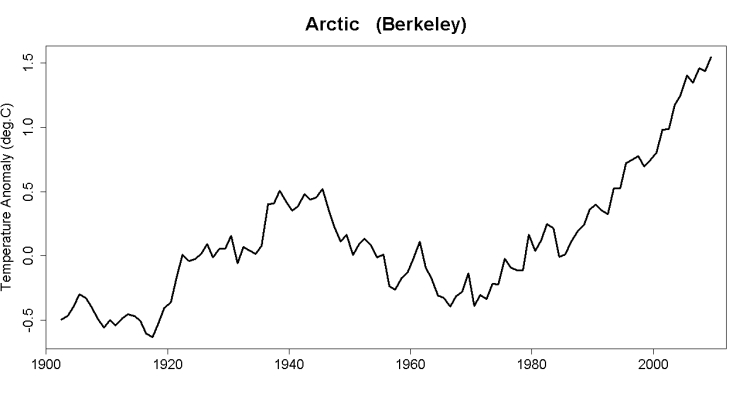
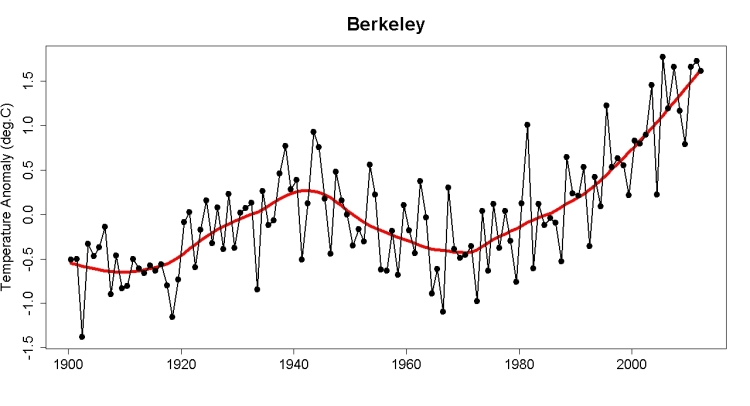







No comments:
Post a Comment